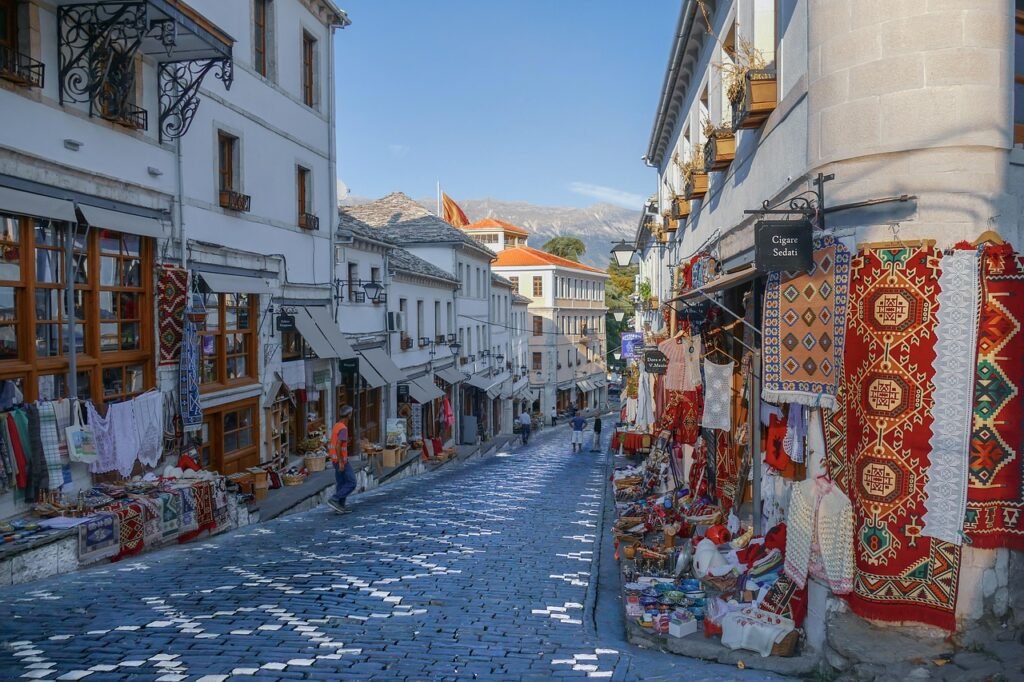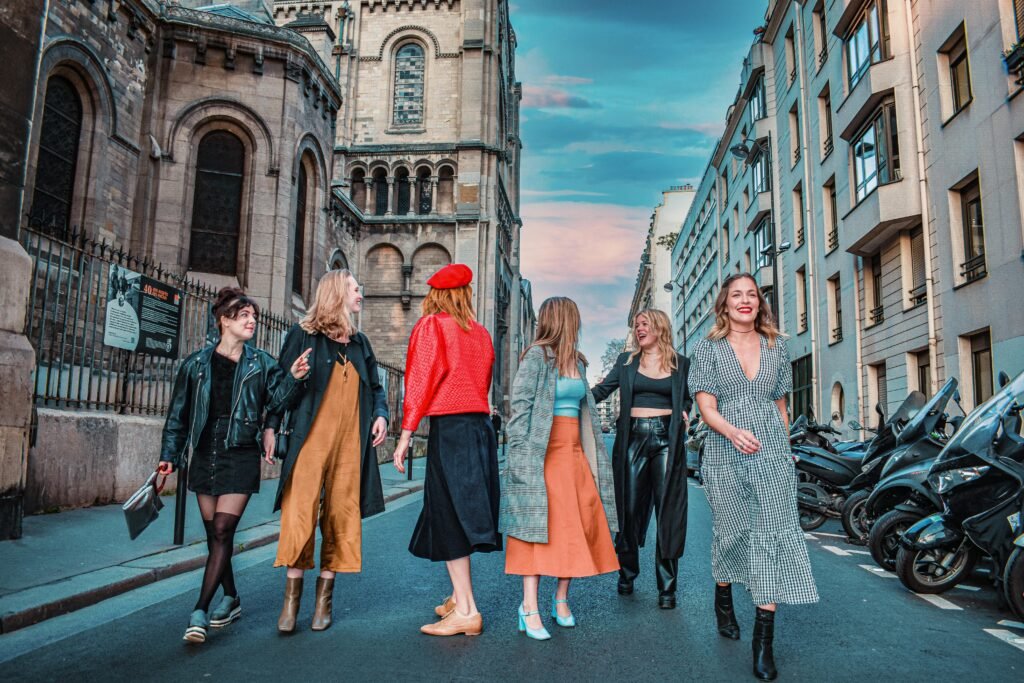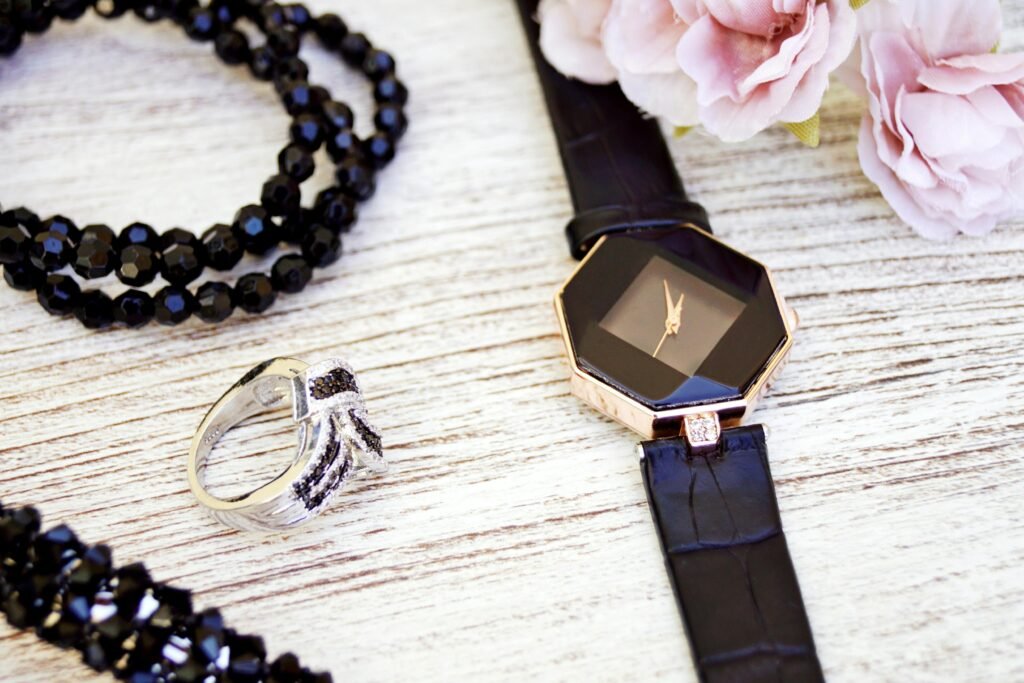Understanding Eastern European Fashion Trends

Eastern European fashion is a diverse tapestry woven from a rich historical backdrop and cultural influences, which manifest distinctly across various countries in the region. Each nation boasts unique fashion trends characterized by indigenous fabrics, traditional colors, and individual styles that reflect both local heritage and contemporary influences. The fashion landscape here is particularly dynamic, with notable variations between urban and rural attire.
In urban settings, one can observe a fusion of traditional elements with modern aesthetics, often peppered with exciting international trends. For example, cities like Warsaw and Prague showcase an inclination towards chic minimalism combined with vibrant patterns representative of Slavic folk traditions. Urban dwellers tend to gravitate towards sleek silhouettes, high-quality materials, and an eclectic color palette that often incorporates greys and muted tones woven together with splashes of deeper, bolder hues seen in traditional garments.
Conversely, rural fashion tends to emphasize practicality, often prioritizing durability over trendiness. Traditional clothing still plays a significant role in rural life, with regional variations in attire reflecting local customs and history. In areas like the Carpathian Mountains or the Balkans, embroidered blouses and hand-woven fabrics are prevalent, often utilized for both everyday wear and festive occasions. Such garments not only highlight local craftsmanship but also serve as a means of cultural preservation.
Current fashion influencers are bridging the gap between tradition and modernity, often bringing a fresh perspective to Eastern European fashion. Designers are increasingly adopting traditional motifs, crafting collections that pay homage to their roots while establishing a contemporary vibe. As a result, Eastern European fashion continues to evolve, showcasing an exciting mix of nostalgia and innovation, ensuring that both locals and visitors can appreciate the distinct trends of this vibrant region.
Key Clothing Items to Achieve the Look

To effectively embody the Eastern European fashion style, one must consider essential clothing items that reflect the culture, history, and climate of the region. At the heart of this style are outerwear pieces, which can vary significantly based on the local weather. Stylish coats are fundamental; a tailored overcoat for men or a chic trench coat for women can serve as versatile staples that elevate any outfit. Materials like wool or cashmere not only provide warmth but also add an air of sophistication. Opting for brands that originate from the region will further enhance authenticity.
Layering is another key technique to master the Eastern European aesthetic. This approach not only provides practical solutions for fluctuating temperatures but also adds depth to outfits. For instance, pairing a lightweight sweater or turtleneck underneath a coat can create a polished yet cozy look. Knitted garments are particularly popular, with vibrant patterns often evoking traditional designs. Women’s fashion often includes layered dresses or skirts in conjunction with tights, which can be functional and stylish during colder months.
Accessorizing is vital to complete the Eastern European look; consider investing in scarves, hats, and quality shoes. A wool or pashmina scarf can add both warmth and an element of flair, while a well-structured beret or a knitted beanie can complement the outfit beautifully. For footwear, choose stylish yet practical options like ankle boots or knee-high boots that offer comfort for walking. It’s worth exploring local brands renowned for their quality craftsmanship, as they often draw inspiration from traditional styles. Embracing these essential clothing items will enable anyone to blend seamlessly into the vibrant tapestry of Eastern European culture.
Color Schemes and Patterns Commonly Used

When exploring Eastern European fashion, one will notice a distinct palette that reflects both cultural heritage and contemporary sensibilities. Traditional Eastern European color schemes often include deep, rich tones such as burgundy, emerald green, and midnight blue, which symbolize stability, warmth, and connection to the earth. These colors can be seen in various regions, particularly in folk costumes, where they convey cultural identity and pride through ancestral ties.
Seasonal colors also play a crucial role in Eastern European fashion. During autumn and winter, warmer tones such as burnt orange and mustard yellow are prevalent, evoking the colors of falling leaves and harvests. In contrast, spring and summer herald brighter hues like pastel pinks and fresh greens, celebrating the rejuvenation of nature. This seasonal shift allows for a dynamic range of styles, encouraging individuals to incorporate both classic and vibrant colors into their wardrobes.
Patterns hold significant importance in Eastern European fashion, with traditional motifs often derived from historical and regional influences. Florals, geometric designs, and intricate embroideries are commonly used, each carrying cultural significance that can reflect the wearer’s heritage. Modern interpretations of these patterns have emerged, allowing for creative styles that maintain a connection to tradition while appealing to contemporary fashion sensibilities.
Mixing and matching these colors and patterns requires an understanding of balance and harmony. For instance, pairing a brightly patterned blouse with darker trousers can create a cohesive look that respects traditional aesthetics while remaining stylish. Accessories play a vital role as well, providing opportunities to introduce additional patterns or hues without overwhelming the outfit. By thoughtfully integrating these elements, one can achieve an authentic Eastern European look that resonates with both local customs and modern trends.
Accessorizing to Elevate Your Eastern European Outfit

Accessorizing plays a pivotal role in completing your outfit, especially when aiming to blend in with Eastern European styles. Understanding local customs and aesthetic preferences is essential, as this not only enhances the overall appearance but also pays homage to cultural traditions. One of the primary elements of accessorizing is selecting the right jewelry. In many Eastern European countries, intricate detailing and craftsmanship are highly valued, so pieces such as handcrafted silver or gold jewelry can serve as a beautiful complement to your outfit. Items like statement earrings, necklaces, or traditional brooches often add a distinctive touch that reflects the region’s rich history.
In addition to jewelry, choosing the right bags is equally important. Opt for elegant purses or crossbody bags made from high-quality materials. Leather is a popular choice; it embodies sophistication and durability. When selecting a bag, consider its functionality along with style—what works will depend on whether you are heading to a casual outing or a formal event. Mixing traditional designs with modern silhouettes can create a striking contrast that is both chic and culturally appropriate.
Footwear cannot be overlooked in your accessorizing journey. In Eastern Europe, comfort often meets style. Opt for classic styles such as ankle boots or loafers, which can be paired with a variety of outfits. However, be cautious of overly casual footgear that may disrupt the polish of your look. Combining traditional accessories with modern attire can create an effortlessly stylish outfit, but balance is key. Avoiding common mistakes such as over-accessorizing or mismatched styles is crucial in achieving that polished finish.














